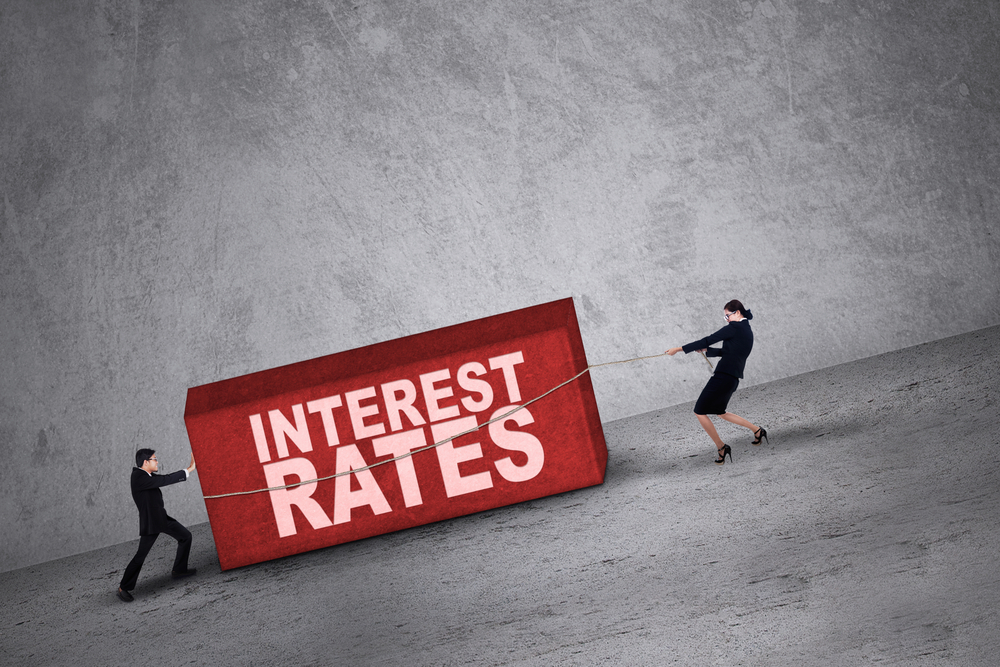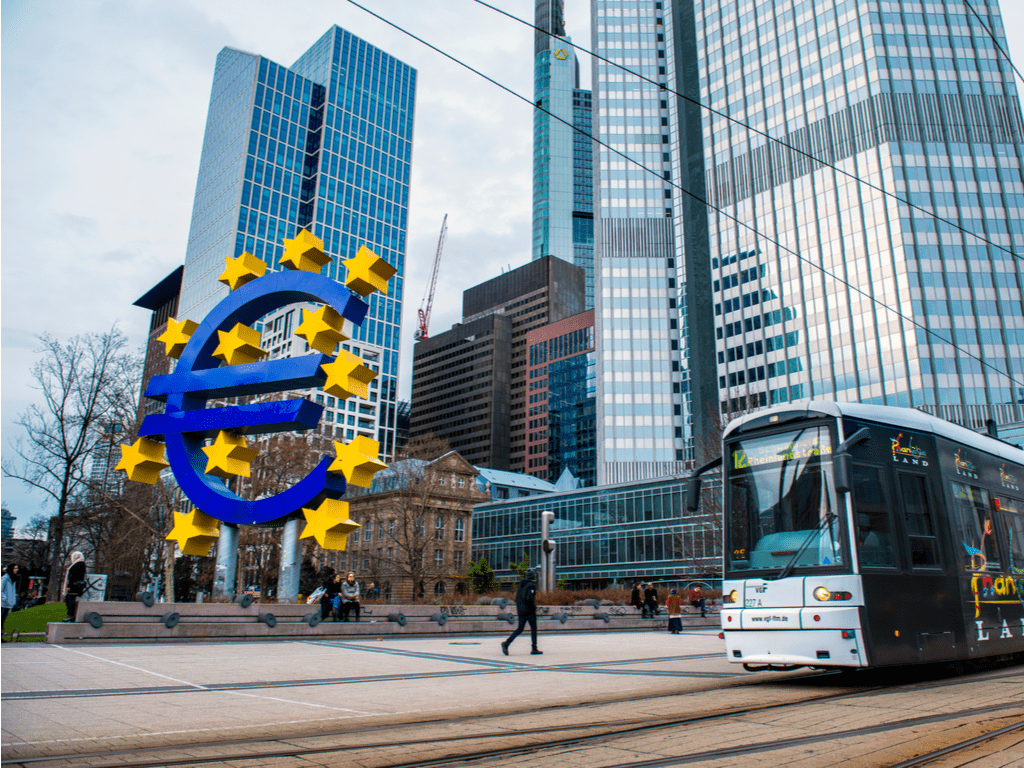This site uses cookies to provide you with a great user experience. By using BondbloX, you accept our use of cookies.
| | | | | | | | | | | | | | | | | | | | | | | | | | | | | | | | | | | | | | | | | | | | | | | | | | | | | | | | | | | | | | | | | | | | | | | | | | | | | | | | | | | | | | | | | | | | | | | | | | | | | | | | | | | | | | | | | | | | | | | | | | | | | | | | | | | | | | | | | | | | | | | | | | | | | | | | | | | | | | | | | | | | | | | | | | | | | | | | | | | | | | | | | | | | | | | | | | | | | | | | | | | | | | | | | | | | | | | | | | | |
Bond Market News
Fund Manager Setting Sights on Higher Rates in Australia
December 19, 2017

Joining the spew of global central banks that have, in the past week, hiked interest rates or put out statements that they will do so in the near future, the Reserve Bank of Australia is expected to start lifting rates in the second quarter of 2018 by Ellerston Capital fund manager Brett Gillespie. It is thought that a drop in the unemployment rate to 5% will be a trigger for rates to be raised from record lows and that it will be raised twice every 12 months for a cumulative 1.5%-point increase over the next 3 years.
Following a 2-day policy meeting, the U.S. Federal Reserve raised its benchmark interest rate a 1/4-point to a target range of 1.25%-1.5% last Wednesday, a move that was widely expected by the markets. Of particular interest was the GDP estimate being raised to 2.5% from 2.1% in September, after the U.S. saw 2 consecutive quarters of 3% growth or higher and the consensus for the 4th quarter to hit that level as well. In line with expectations, the projections for 2018 remain unchanged at 3 more interest rate hikes.
On the back of the Fed’s action, China’s central bank moved its money market interest rates and one-year medium-term lending facility rates both up by 5 bps. This small change from last Thursday was the first time China has raised rates since March as it sought to response to the Fed rate hike to prevent destabilising capital outflows without hurting economic growth.
Whereas the markets widely expect the European Central Bank to start raising rates in the second half of 2019, a number of outlier economists are of the opinion that hikes could come as soon as next year. They believe that faster-than-expected inflation in the region will force policy makers to leave the path of extraordinary stimulus sooner than they wish. The ECB is attempting to move cautiously and gradually to prevent sudden moves that could rock markets and undermine the euro-area economy’s upswing.
Meanwhile, the members of the Bank of England’s Monetary Policy Committee unanimously voted to hold rates steady at last Thursday’s meeting, leaving the U.K. interest rate at 0.5% as widely expected by the markets. This is after its decision for the first hike in nearly a decade at the BOE’s meeting in November, where rates were raised from 0.25%.
Go back to Latest bond Market News
Related Posts:








